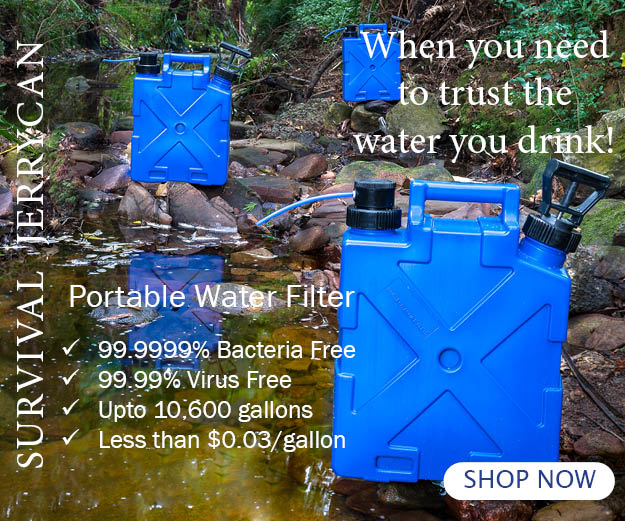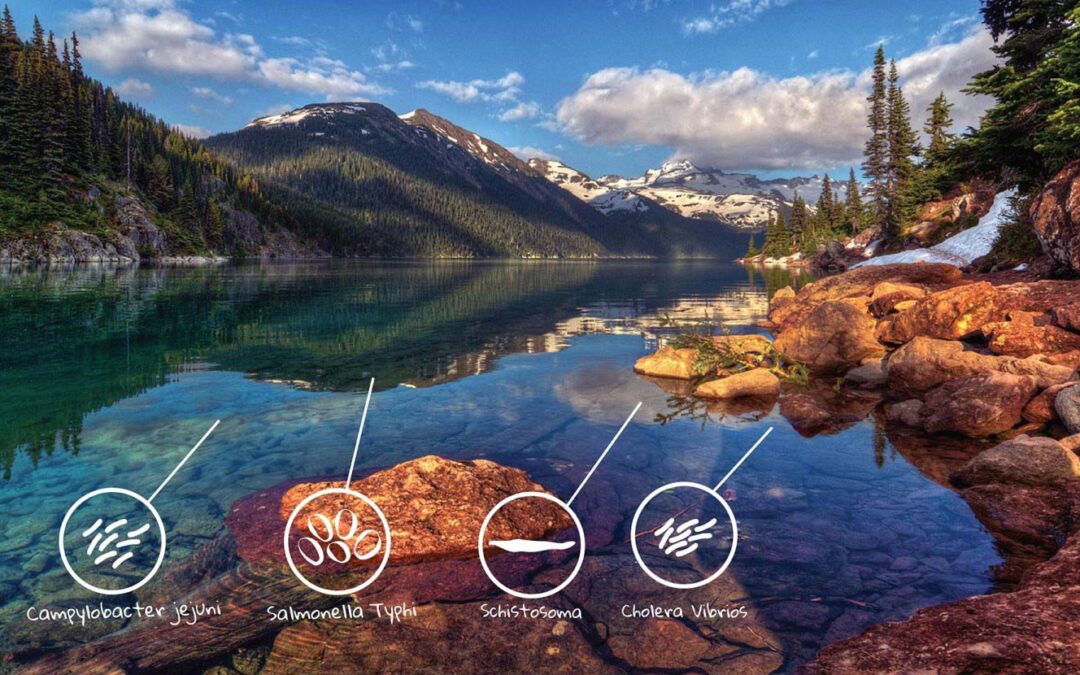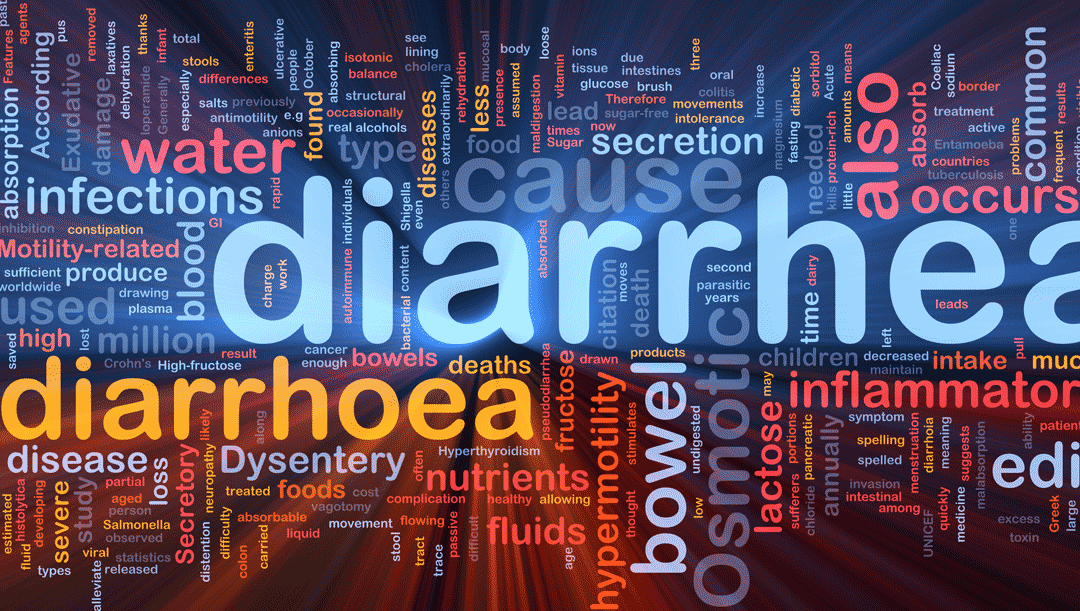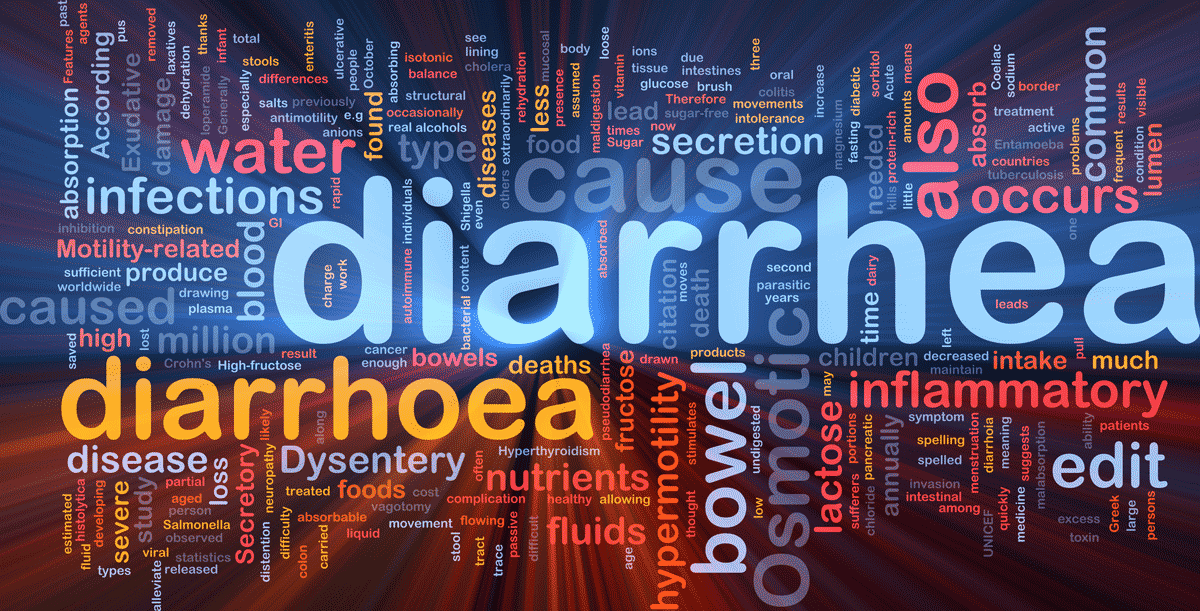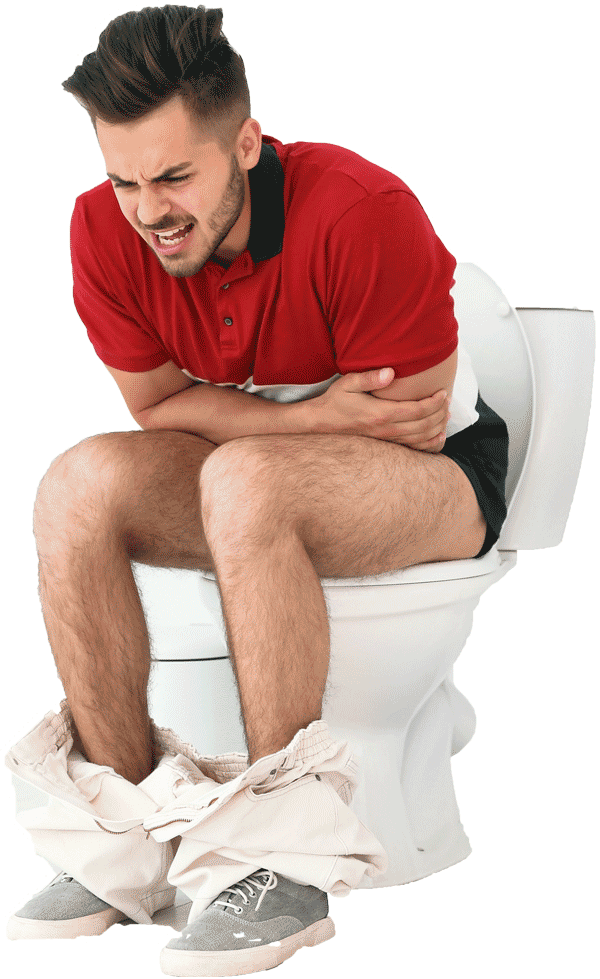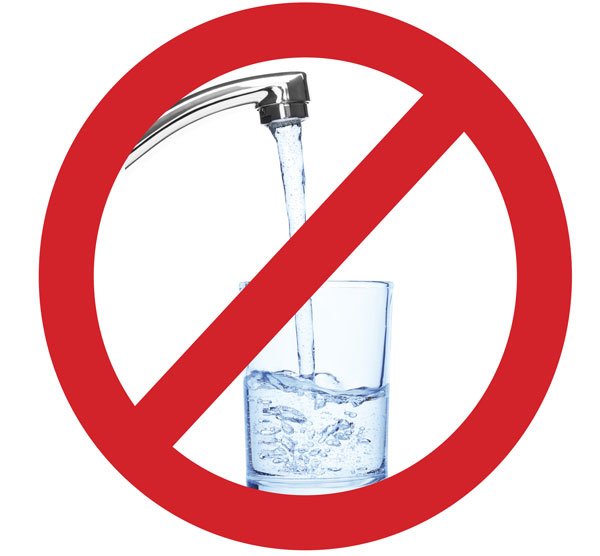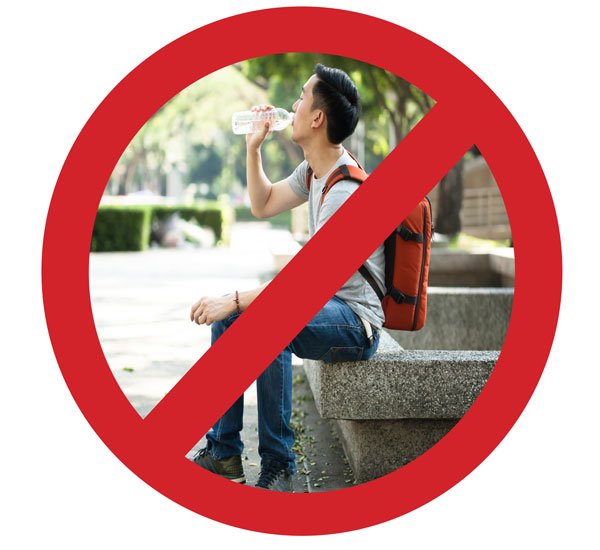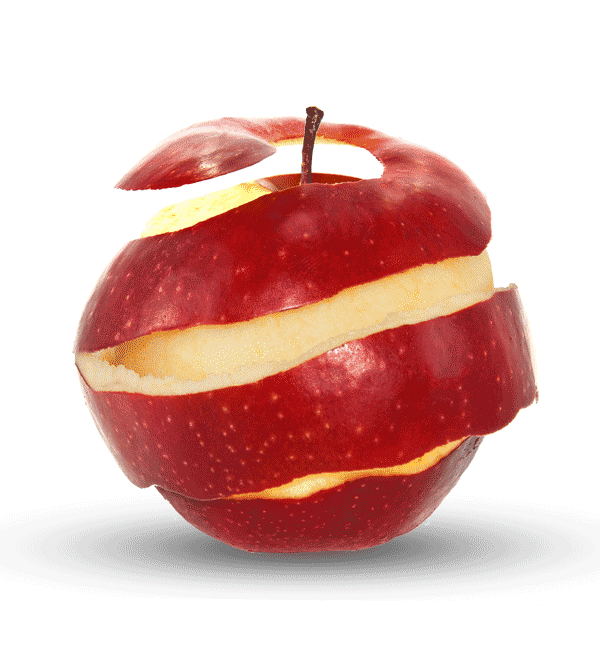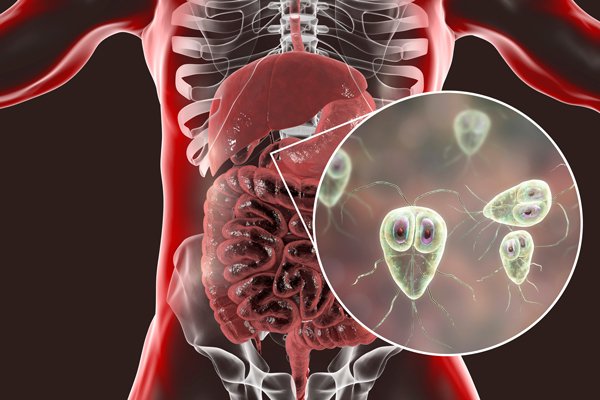
Drinking Water Bottle bugs
Drinking Water Bottle bugs
Drinking water bottles are common in the U.S.– and in numerous other developed nations as well. Children bring drinking water bottles to school. Moms and dads carry drinking water bottles as they commute to work, children’s soccer games, and so on. Some people have actually begun bring drinking water bottles to church with them. Professional athletes constantly seem to have a drinking water bottle with them.
Convenience
A significant factor for using drinking water bottles is the benefit they provide. Drinking water bottles include little cost, and their loss is not an issue.
What takes place, though, when drinking water bottles are not recycled?
Hygiene is the #1 cause of Gastro
The Danger
Disposing of drinking water bottles is the best idea, however many people refill them. If they clear the bottle while jogging, they stop and refill it at a water fountain. They fill up drinking water bottles from the filter if they have a filter at home. At work, they might refill a drinking water bottle from the water cooler. Each time, they may be putting healthy drinking water into the bottle, but is this a safe practice? Or is there risk in filling up disposable drinking water bottles?
The threat is not, as claimed by an old web urban myth, that the bottles will break down into carcinogenic substances. That plastic scare came from with the master’s thesis of an undergraduate student who did not carry out enough clinical research study prior to releasing his thesis. USFDA requirements control the type of plastic utilized for bottled water.
Can plastic drinking water bottles break down? Can plastic leach into the water when you refill them? Potentially. It is stated that some bottles, even those authorized by the USFDA, do undoubtedly seep into water– even prior to you open the bottle.

Did you know nearly 96% of people suffer from Gastro in their life
Germs
Although your plastic drinking water bottles might not break down into cancer-causing compounds, and might not seep plastic into your water, they do consist of bacteria. Bacteria can grow and recreate quickly in an empty plastic drinking water bottle.
Each time you take a beverage from that drinking water bottle, you deposit germs from your mouth on the rim of the bottle. If you refill the bottle without washing it, you merely flush the germs into your water.
However They Are MY Bugs
Germs in the drinking water bottle are no longer managed. In addition, other bacteria will go into the bottle from the air, socializing with those from your mouth.
Washing Helps
Washing the bottle completely will damage many of the bacteria. The bottle must be washed after each use, prior to refilling. The only way to have healthy drinking water is to use drinking water bottles only once, or wash them completely before refilling.
Since very hot water is the best method to get the bottle clean, a dishwashing machine is suggested. You will have to put the bottle on the top rack, considering that the plastic is not designed for high temperature. When the wash cycle ends, remove your drinking water bottle right away before the dry cycle can start.
FREEZE OUT
When you take the tidy drinking water bottle from your dishwashing machine, location it into the freezer right away. When you are all set to use it, take the tidy drinking water bottle from the cap, freezer, and fill.
Disposable plastic drinking water bottles are convenient, however do not sacrifice your health.
If they have a filter at home, they refill drinking water bottles from the filter. At work, they may refill a drinking water bottle from the water cooler. It is said that some bottles, even those approved by the USFDA, do certainly leach into water– even before you open the bottle.
Each time you take a drink from that drinking water bottle, you transfer bacteria from your mouth on the rim of the bottle. The only method to have healthy drinking water is to use drinking water bottles only as soon as, or clean them thoroughly prior to filling up.
